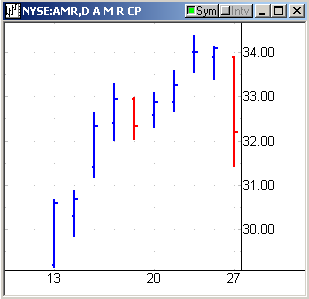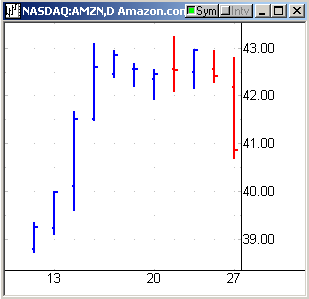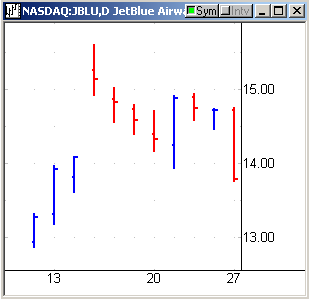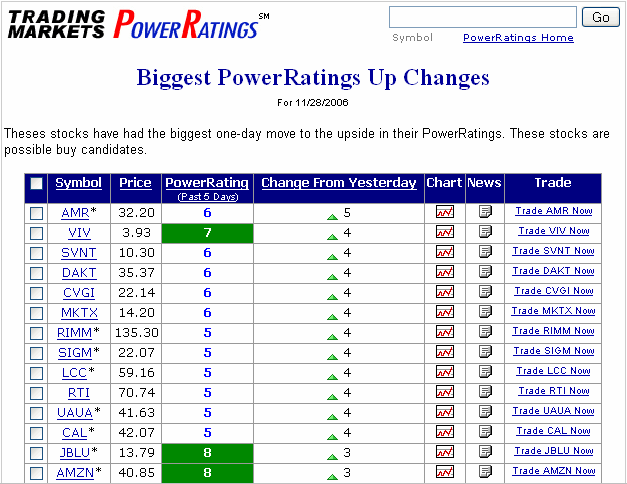Focus on Stocks with the Biggest Up-Change in PowerRatings
Today’s
PowerRatings article will focus on stocks that have the biggest daily
changes in their PowerRatings.
These stocks have tended to do especially well if
they’ve had an increase in their rating by at least 2 points or more and they
have a PowerRating of 7 or higher today. The rule is: the bigger the PowerRating
change to the upside, combined with today’s higher PowerRating, the better
the stock has performed over the next week.
TradingMarkets publishes a daily list of stocks with the
Biggest PowerRatings Up Changes.
Here are some of today’s “Biggest PowerRatings Up Changes.”
These stocks should be kept on a watchlist and
should have their PowerRatings monitored daily.
Here are some charts from the list above:
AMR Corp.
(
AMR |
Quote |
Chart |
News |
PowerRating)

Amazon.com
(
AMZN |
Quote |
Chart |
News |
PowerRating)

JetBlue Airways
(
JBLU |
Quote |
Chart |
News |
PowerRating)

From 1995-2005,
stocks with a PowerRating of 8 have outperformed the S&P 500
index on average by an 8.3-to-1 margin, while a PowerRating of 10 doubles that
performance to 16.3.
PowerRatings also help indicate a stock’s
downside as well as timely short-sale entry points; PowerRatings of 1 and 2 have
on average lost money over the next week. A PowerRating of 1 typically
underperformed the S&P 500 by a 5-1 margin. Obviously, you should ideally be
looking to buy high PowerRating stocks and avoid (or short) low PowerRatings
stocks.
Find tomorrow’s winning stocks today!
Click Here!
Attend a free class on how to use
PowerRatings, presented by Steve Primo, our Director of Education.
Darren Wong
Associate Editor
Want a free month of PowerRatings?
Send us your PowerRatings
strategy and receive one free month of this exciting trading tool. If you are
already a monthly or annual PowerRatings
subscriber, you will receive an additional three months if we publish your
strategy.
Reminder: We are in no way recommending the purchase or short sale of these
stocks. This article is intended for education purposes only. Trading should be based on your own understanding of market conditions,
price patterns and risk; our information is designed to contribute to your
understanding.

